Seven of the UK’s best Arts and Crafts buildings — and you can stay in all of them
The Arts and Crafts movement was an international design trend with roots in the UK — and lots of buildings built and decorated in the style have since been turned into hotels.
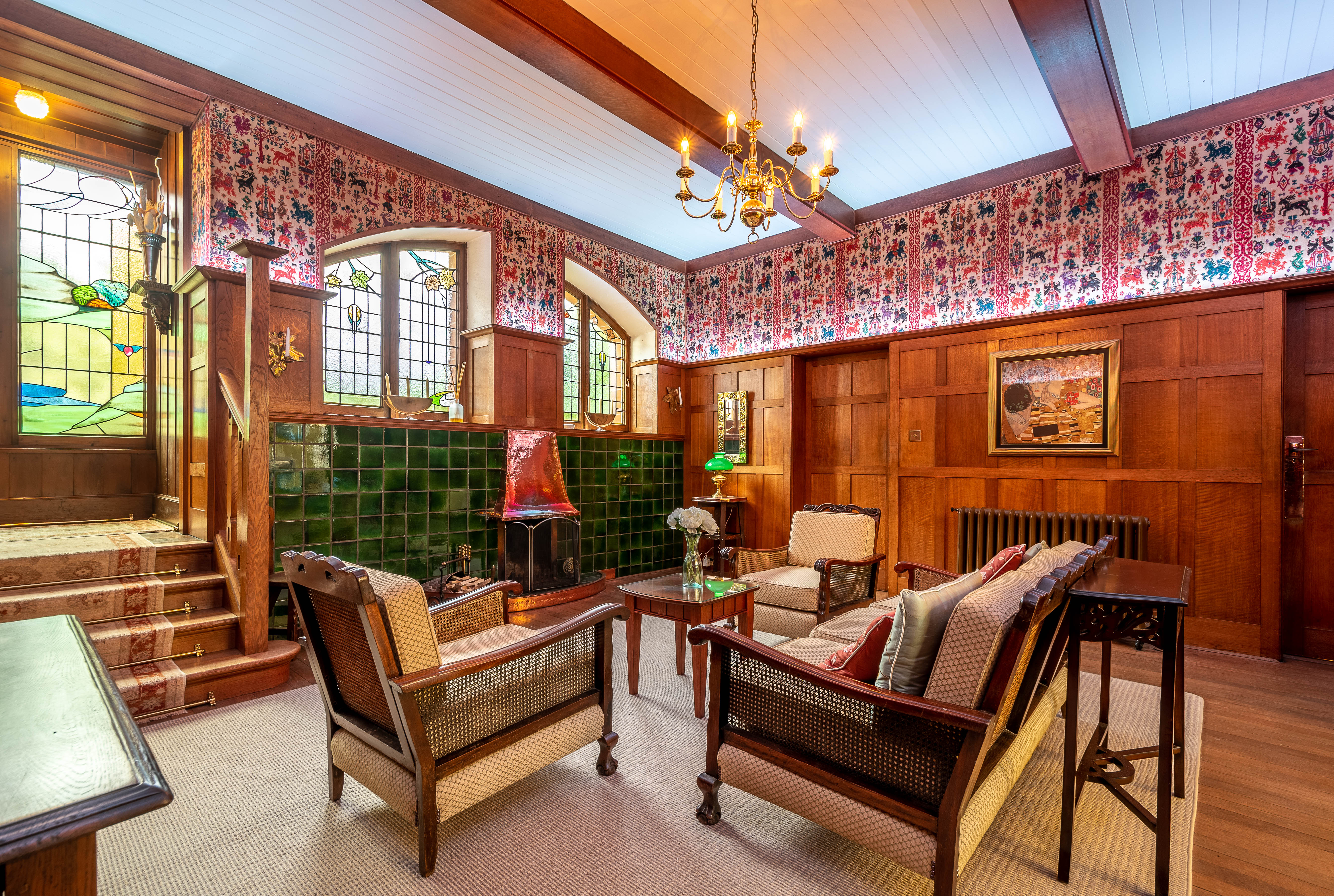
Arts and Crafts buildings remain eternally popular, as they offer a unique combination of functionality and beauty, and often feature attractive, distinct and original details you likely won’t find elsewhere.
The movement began to take shape in the 1860s, inspired by a group of architects, artists and designers, including textile designer, poet, artist, writer, and socialist activist William Morris; architect and interior designer Augustus Pugin; and art critic John Ruskin. They were concerned about the loss of traditional craft skills and the increasing mechanisation of manufacturing, had a disdain for fussy High Victorian design, and a general desire to return to Nature.
Arts and Crafts was more a set of ideals than a prescriptive style, and although the movement originated in the city, it had a nostalgia for rural traditions and a simpler life. Things spread quickly across Europe and America, continuing through the early 20th century. Buildings were typically understated and elegant and were constructed within the local vernacular, using local materials and traditions. They used natural materials, such as wood, stone and clay. Common characteristics included sloped roofs, verandahs and porches, intricate tile work and wood detailing.
Plenty survive in this country with several now operating as hotels.
Winsford Cottage Hospital, Beaworthy, Devon
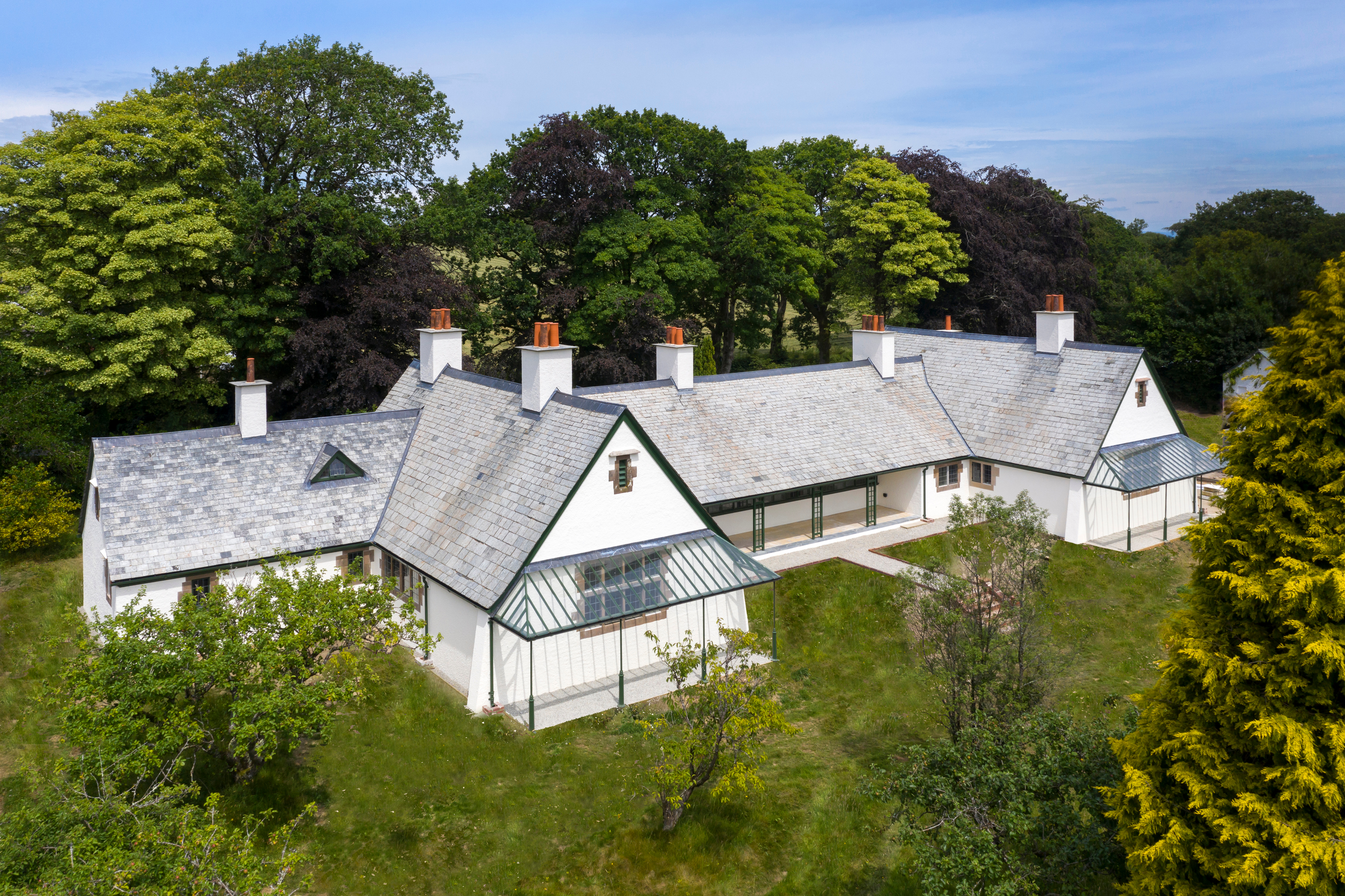
This is a superb example of an Arts and Crafts building, and has been very accurately restored by the Landmark Trust, which rescues and restores historic buildings, letting them out for self-catering holidays to pay for their maintenance and preservation.


Grade II* listed Winsford was designed by architect and furniture and textile designer Charles Voysey, who was at the forefront of the Arts and Crafts movement. Built in 1899, with its elegant mullioned windows and striking triple gables, it couldn’t look much less like a hospital. Yet soldiers from the First World War with trench fever, Second World War evacuees, pregnant women, farmers, labourers and many more stayed within its solid, thick walls.
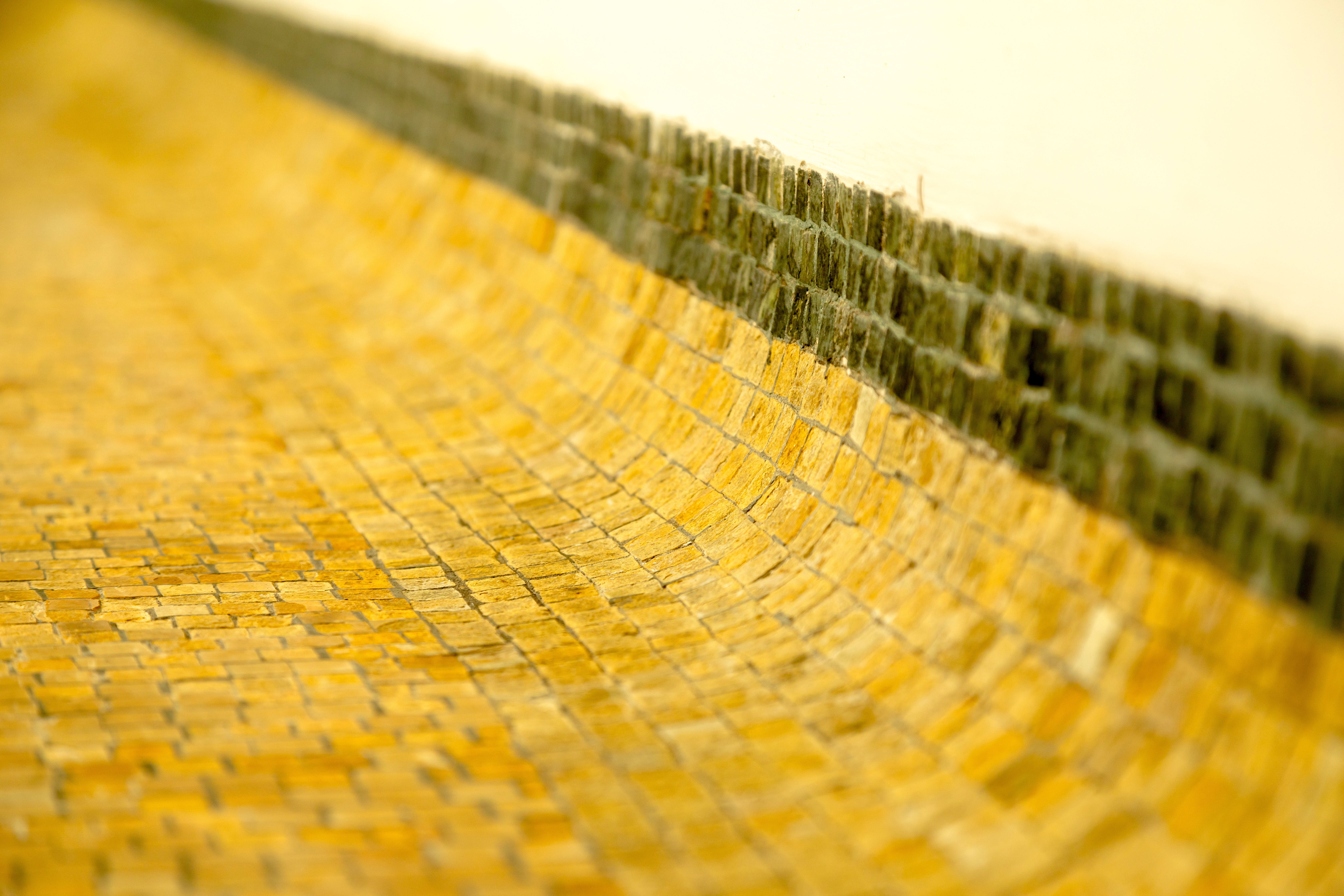
The Arts and Crafts style abounds throughout, from Voysey’s signature white-and-dark-green colour scheme, to the window fittings and door furniture, and architectural motifs of hearts, birds and trees. During a £1.5 million restoration, concrete was removed to reveal the original mosaic flooring. Arts and Crafts-style solid oak tables, chairs and other furniture, colourful and heavily-patterned curtains, and fireplaces sporting hearts — a Voysey trademark — grace the tranquil building set within a sizable lawned garden with a large verandah.
Exquisite houses, the beauty of Nature, and how to get the most from your life, straight to your inbox.
Court, Bosloe House, Falmouth, Cornwall
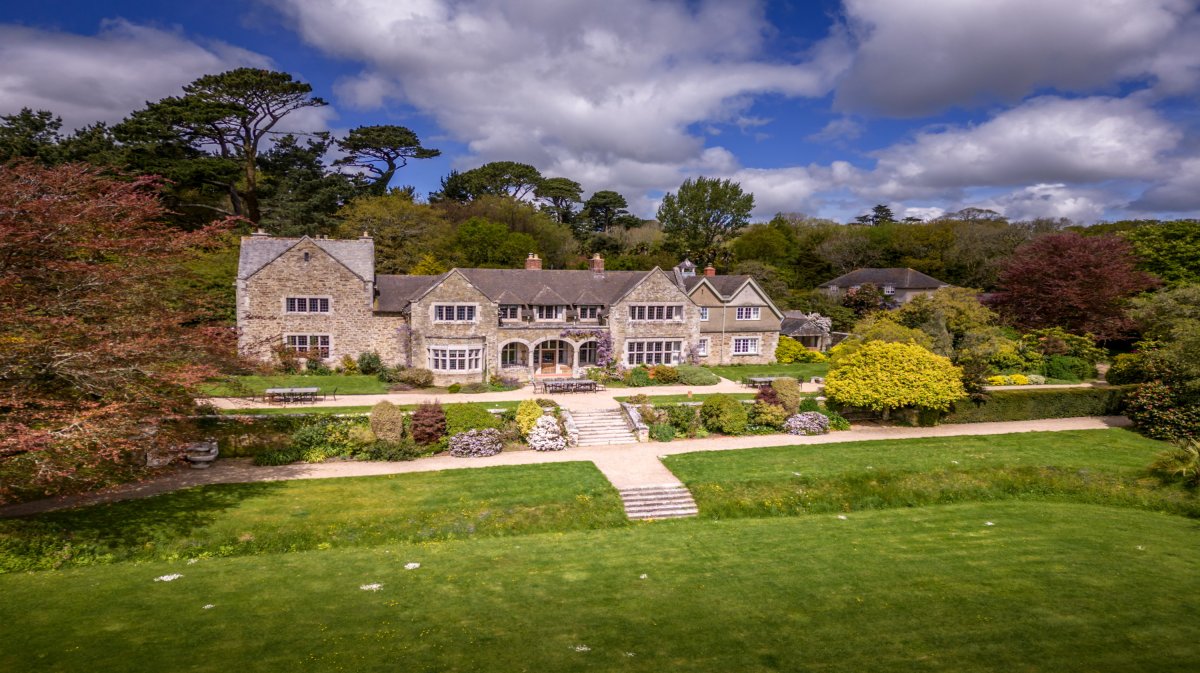

Court is a sumptuous five-bedroom apartment located inside the east wing of Bosloe, a striking Arts and Crafts-style manor built in 1903.
Numerous Arts and Crafts’ features on the building’s exterior have survived, including natural, locally-sourced materials such as stone and wood, mullioned windows, sloped roofs and a prominent front porch. It has a charming little cobbled courtyard, beautiful gardens overlooking the Helford River and is a short walk from the beach on one side and sleepy hamlet of Durgan.
Inside, however, it’s another story because of the modern tiling, kitchen fittings and glass walls.
Goddards, Abinger Common, Surrey
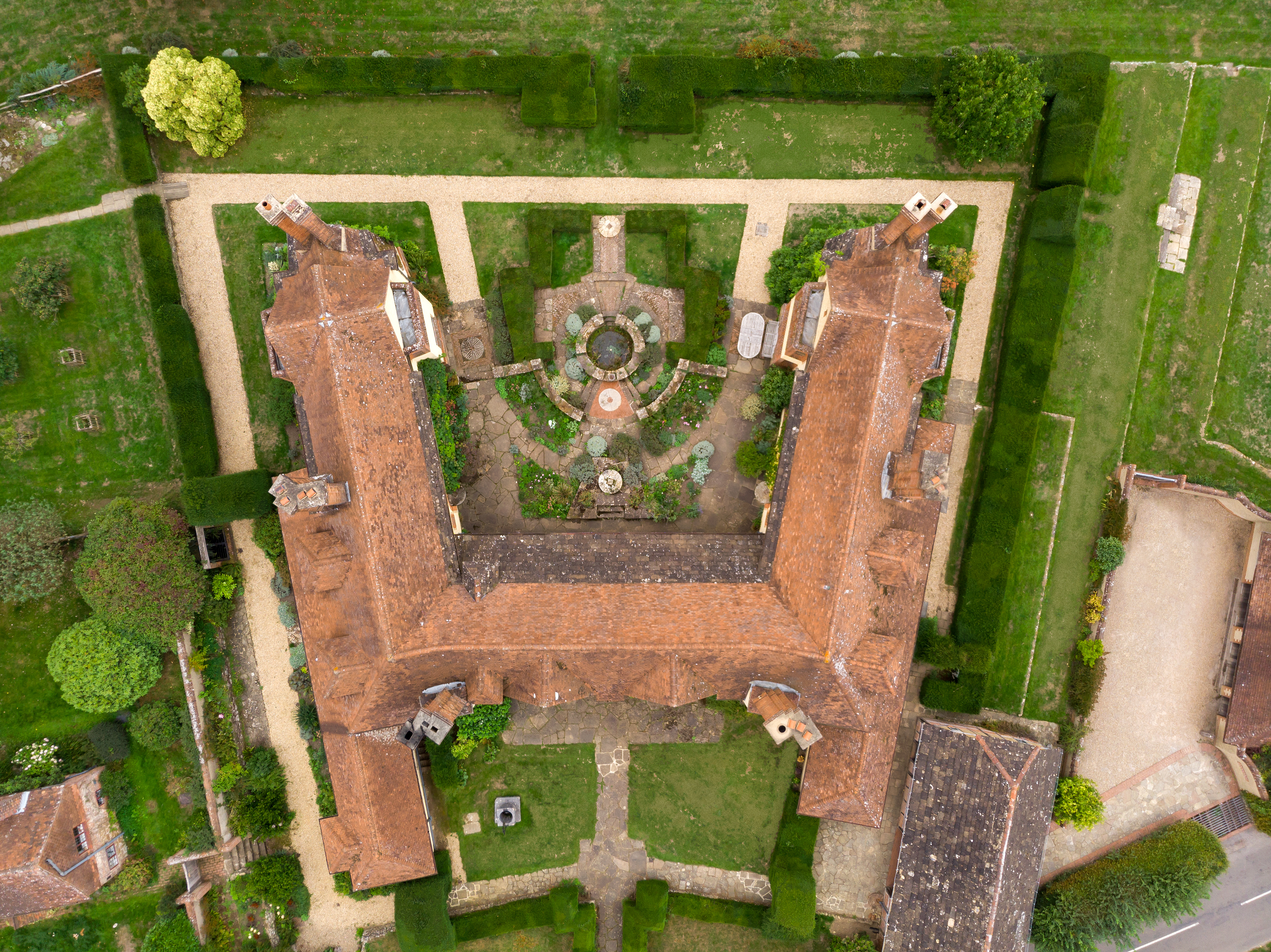
This imposing, striking building, set in a delightful seven-acre plot, was originally built as a holiday rest home for `ladies of small means’.

It was designed by Edwin Lutyens, one of Britain's most renowned and prolific Arts and Crafts architects, and built between 1898 and 1900 and enlarged in 1910. The courtyard garden was masterminded by prolific garden designer and former Country Life Gardens Editor, Gertrude Jekyll.
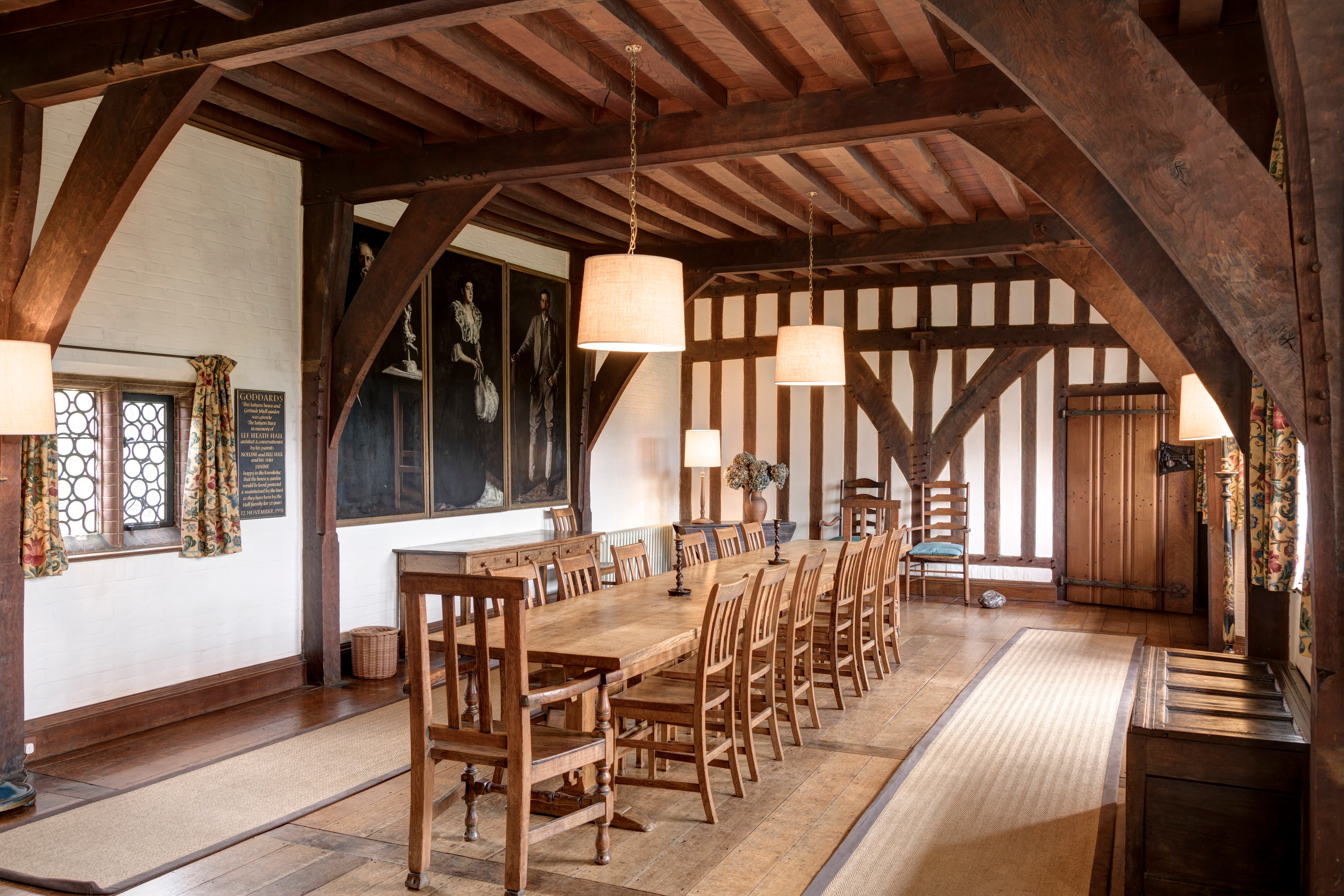
Symmetrical, with a diagonally-placed wing at each end fanning out from the centre, Goddards also features a charming skittle alley that was installed so that the original lady guests were kept suitably entertained on rainy days. The treasure-trove of Arts and Crafts features includes intricate window fittings and door furniture, magnificent oak doors, and ornate brickwork.
Maplehurst House, Galashiels, Scotland

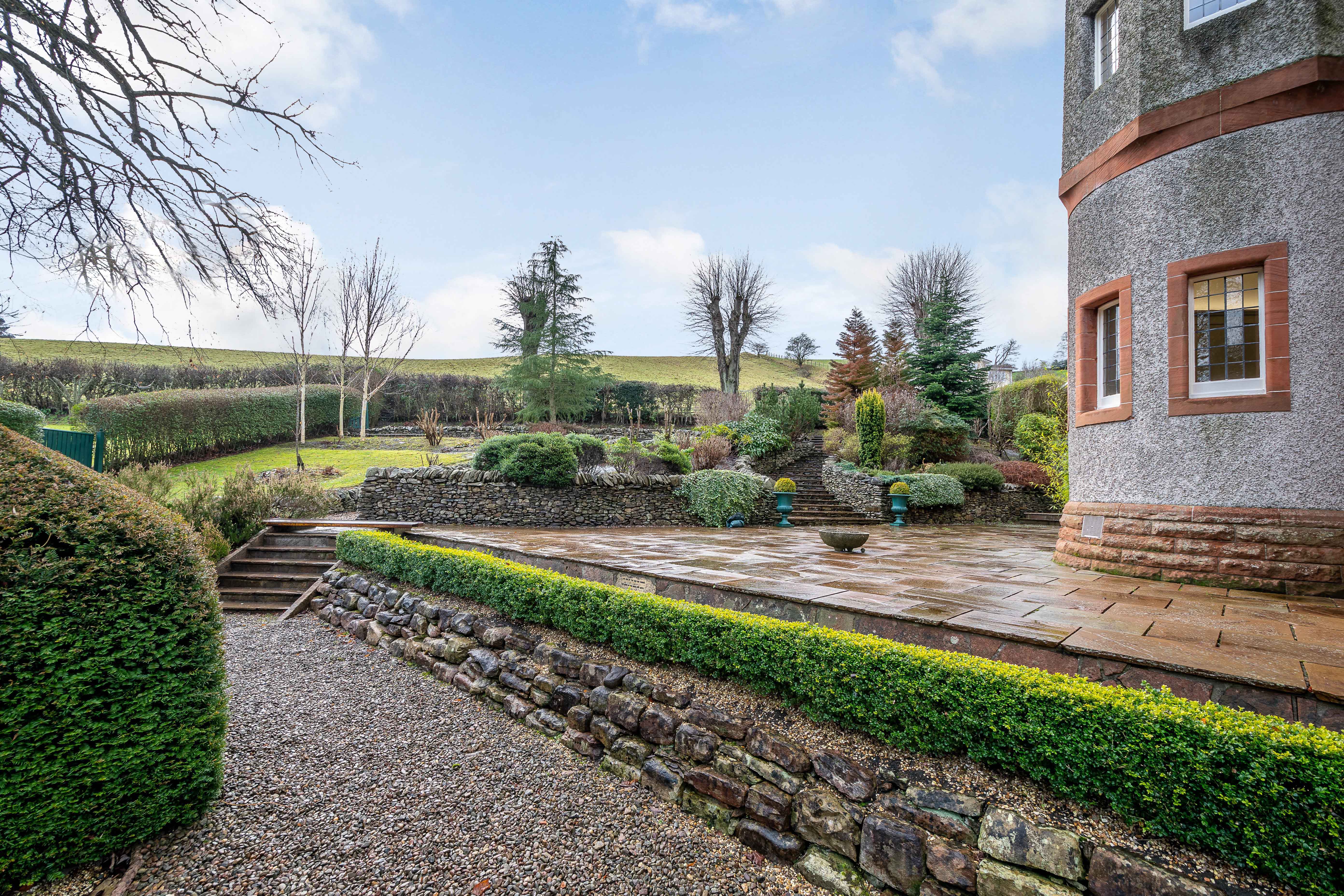
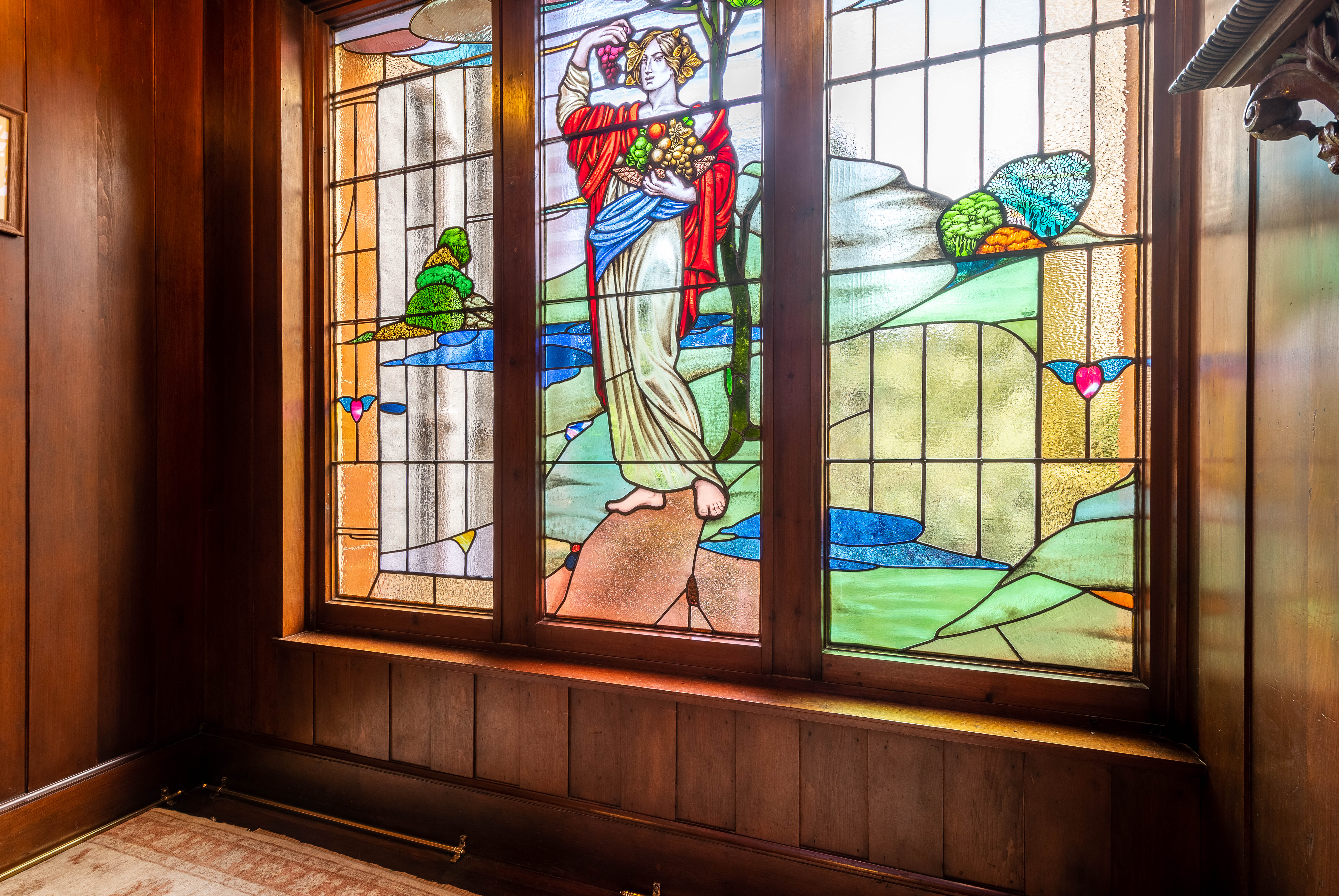
Located on the Southern Upland Way close to the River Tweed, Maplehurst was built in 1906 by a local mill owner, Andrew Fairgrieve, for his Canadian wife, Carrie. This Arts and Crafts highlight has touching details such as maple leaf motifs on the stained glass windows, plus Charles Voysey detailing on the oak banisters. The solid wood panelling and floor is also made of oak; a tapestry dates back to the early 1900s; and the reception hall fireplace has managed to hold tight to its original tiles.
Broad Leys, Windemere, Cumbria
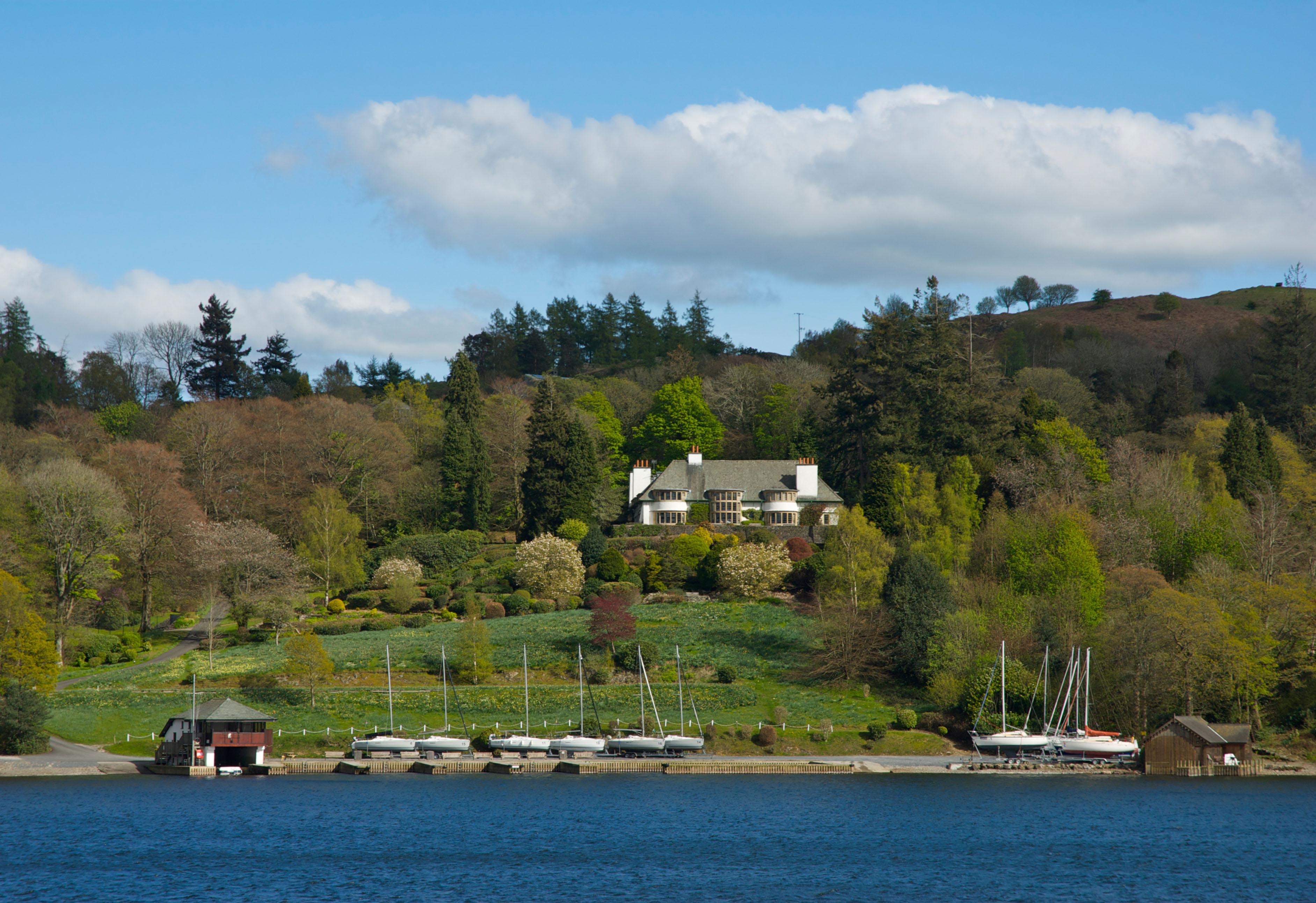
Broad Leys is another Voysey creation, completed in 1899, and with a wonderful outlook across to Lake Windemere. It was originally built for the family of a Wakefield magnate, but has been the home of the Windermere Motor Boat Racing Club since 1950.
Voysey took exceptional care over the construction of his buildings, doing all the drawings himself and managing every detail of the construction — and Broad Leys was no exception.
Look out for the substantial oak doors with shaped hinges, a double-height curved bay window, oak panelling, a verandah, a steeply pitched overhanging roof, bold chimney stacks and mullioned windows.
Beach House, Milford-on-Sea, Hampshire
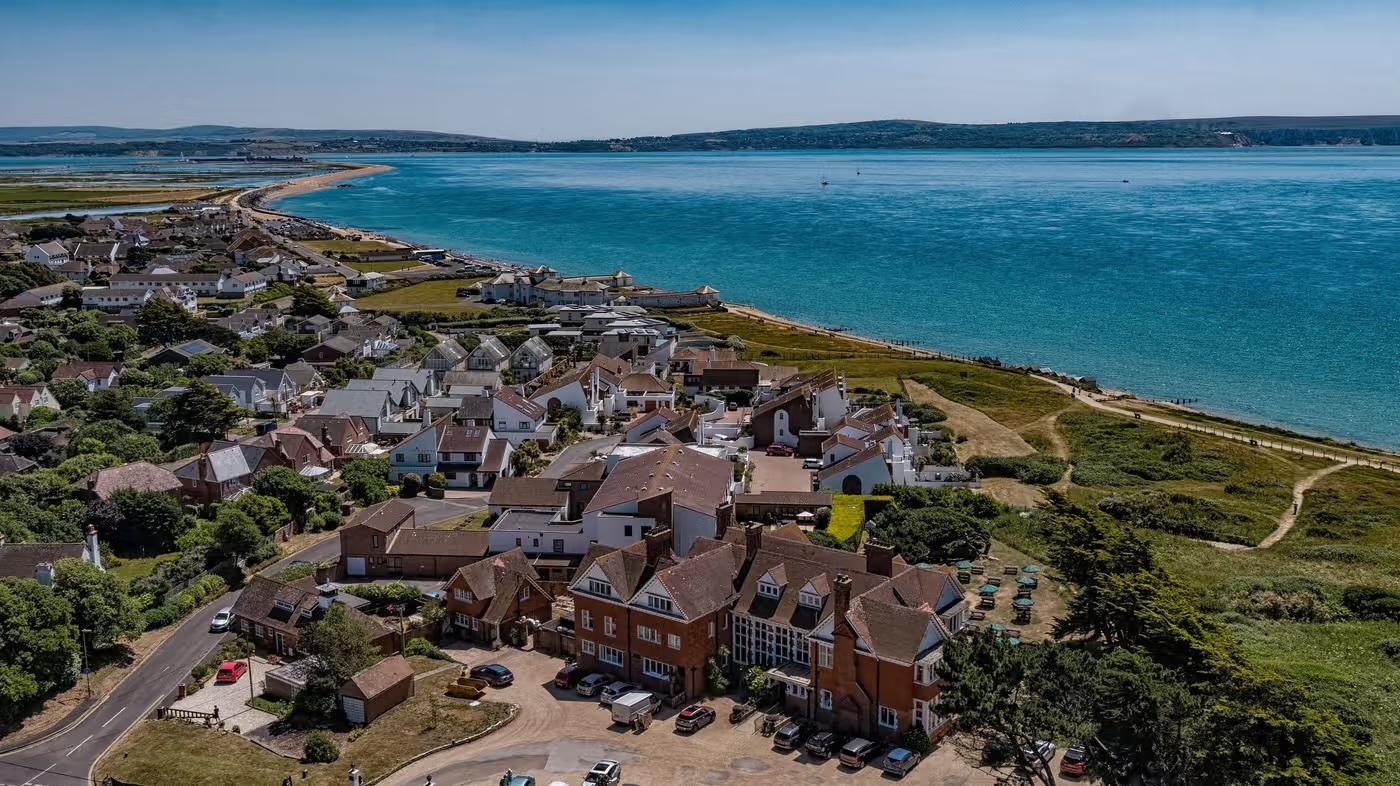
This hotel and restaurant is a Grade II-listed, Victorian mansion built in the Arts and Crafts style. You can see the Isle of Wight and The Needles from its confines.
Constructed in 1897 for Alexander Siemens, — who created the world’s first public electricity supply at Godalming in Surrey — Beach House was designed by Scottish architect Arnold Mitchell.
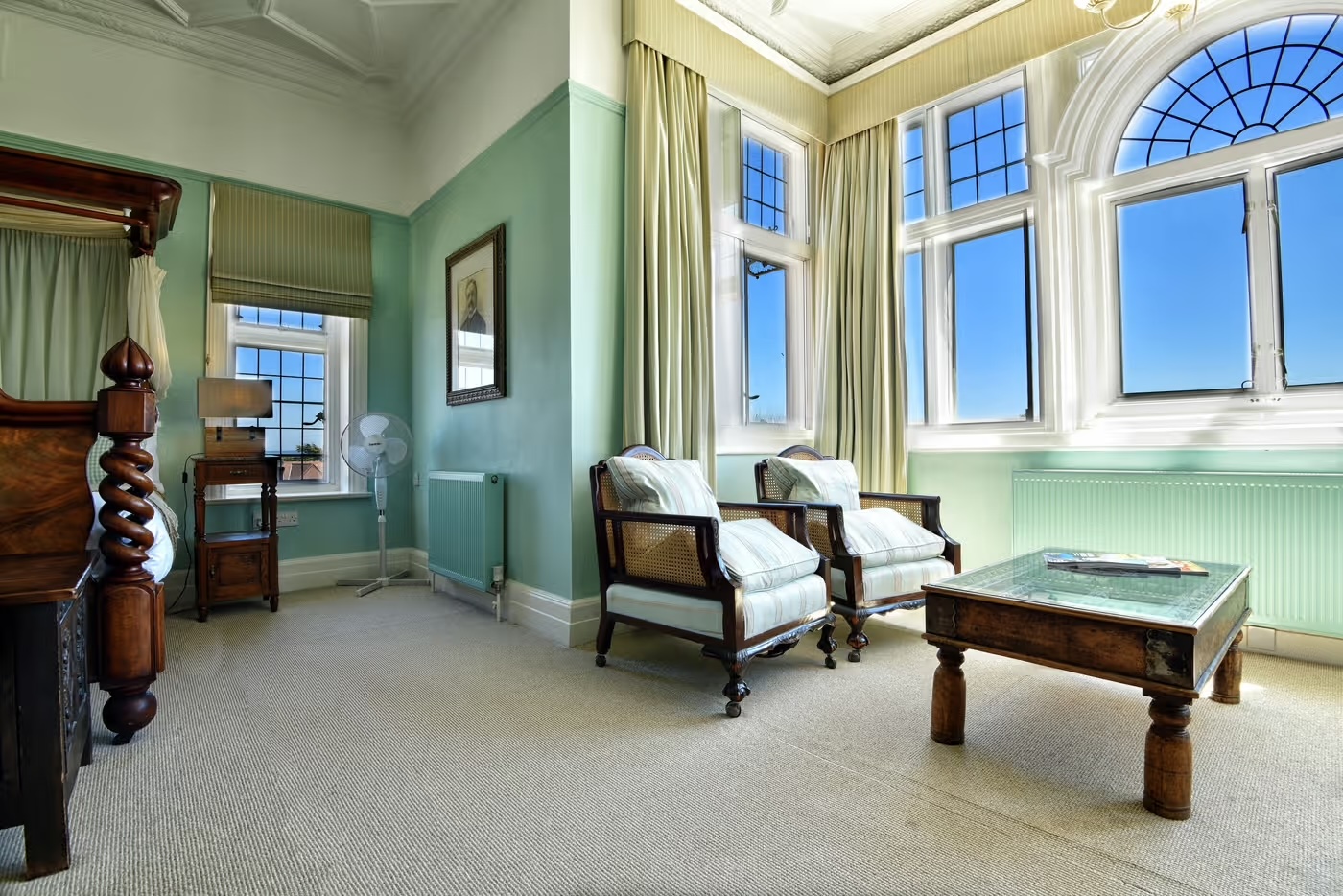
The Pre-Raphaelite scene stained glass windows in the bar area were masterminded by Oscar Paterson, whose work is considered ‘the epitome of the Glasgow Style’, a movement closely associated with the Arts and Crafts one. There are also oak-panelled walls, parquet floors and Pre-Raphaelite fireplaces — complete with tiles by William De Morgan, a designer for William Morris.
Jesmond Dene House, Newcastle
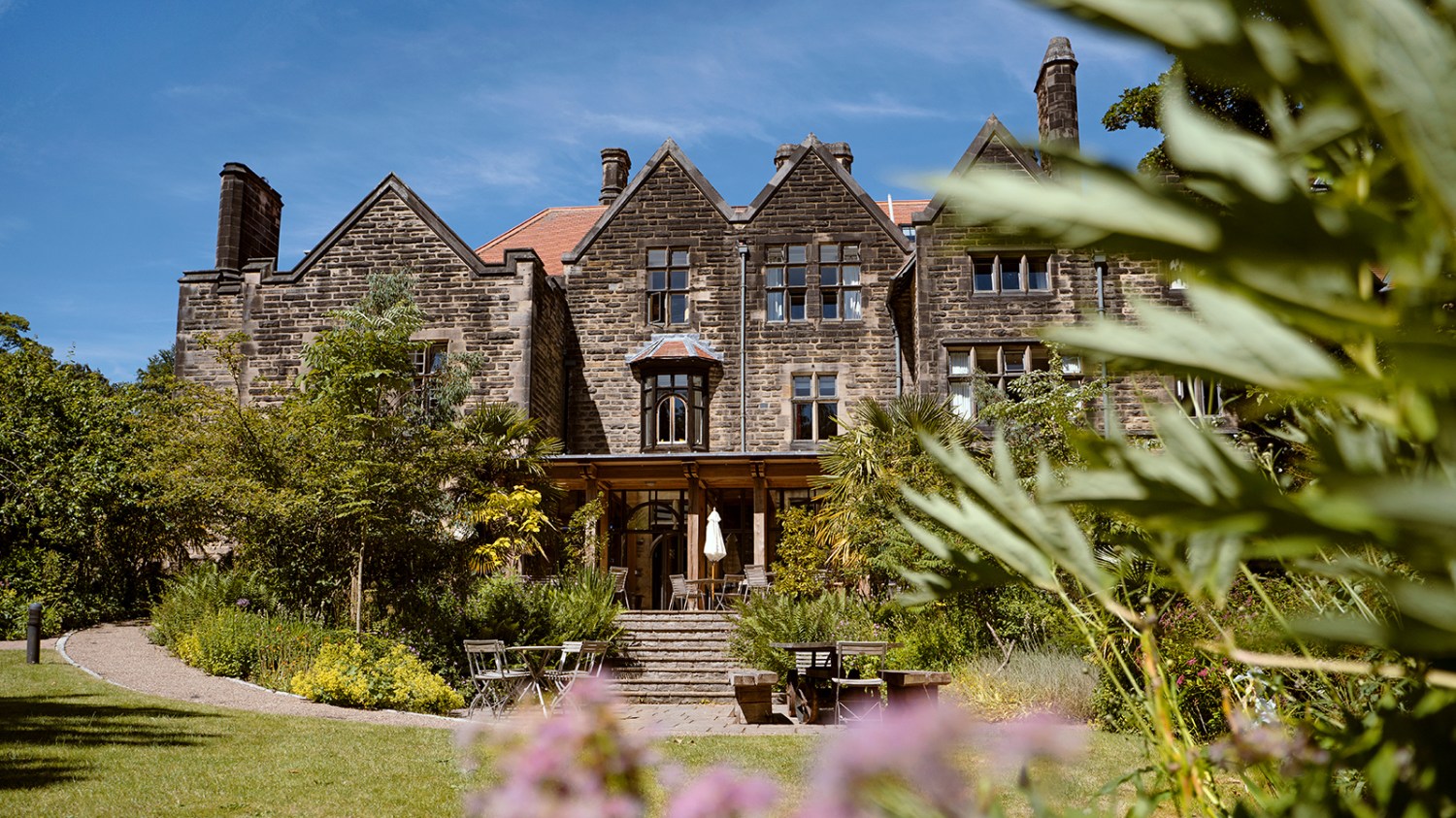
The Georgian-style Jesmond Dene House was bought by Tyneside shipbuilder Captain Andrew Noble in 1871, after which it was extended by leading Arts and Crafts architect Norman Shaw. He added a great hall, billiard room, Gothic porch and bedrooms.
Bits of note include a De Morgan-tiled inglenook fireplace, tall, mullioned and transomed gables, Jacobean-style panelling and plasterwork, stone carvings and stained glass.
In Noble’s time Japanese princes, admirals and ambassadors, Rudyard Kipling and Arthur Conan Doyle all stayed or dined at Jesmon Dene.
Ben West has written for many publications and websites, from The Times to The New York Times, the New Statesman to The Spectator. His play, Gertrude’s Secret, was performed at theatres around the UK for three years. He also writes the Substack, Travel: the inside track
-
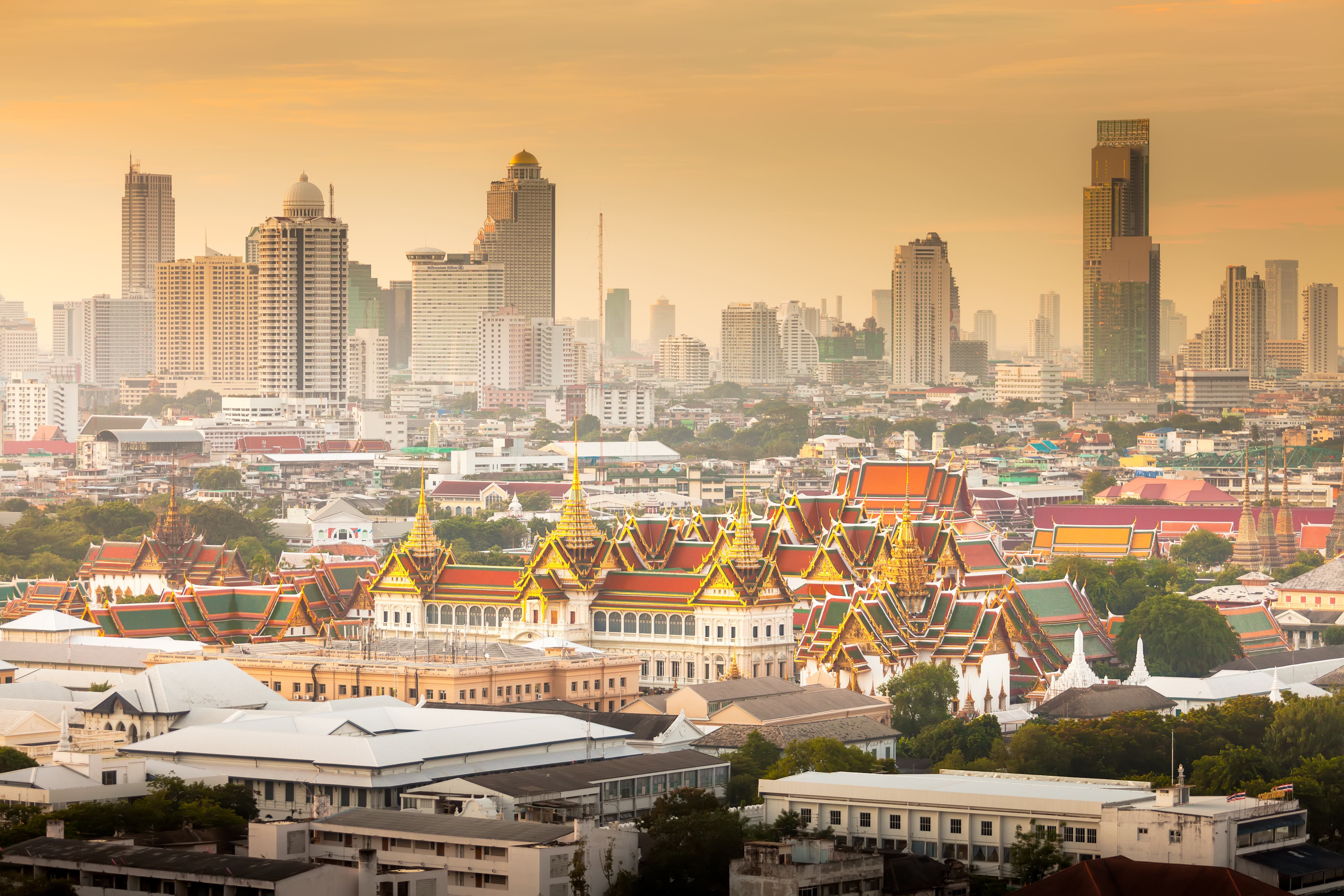 'The ugliness and craziness is a part of its charm': The Country Life guide to Bangkok
'The ugliness and craziness is a part of its charm': The Country Life guide to BangkokWhere to stay, where to eat and what to do in the Thai capital.
-
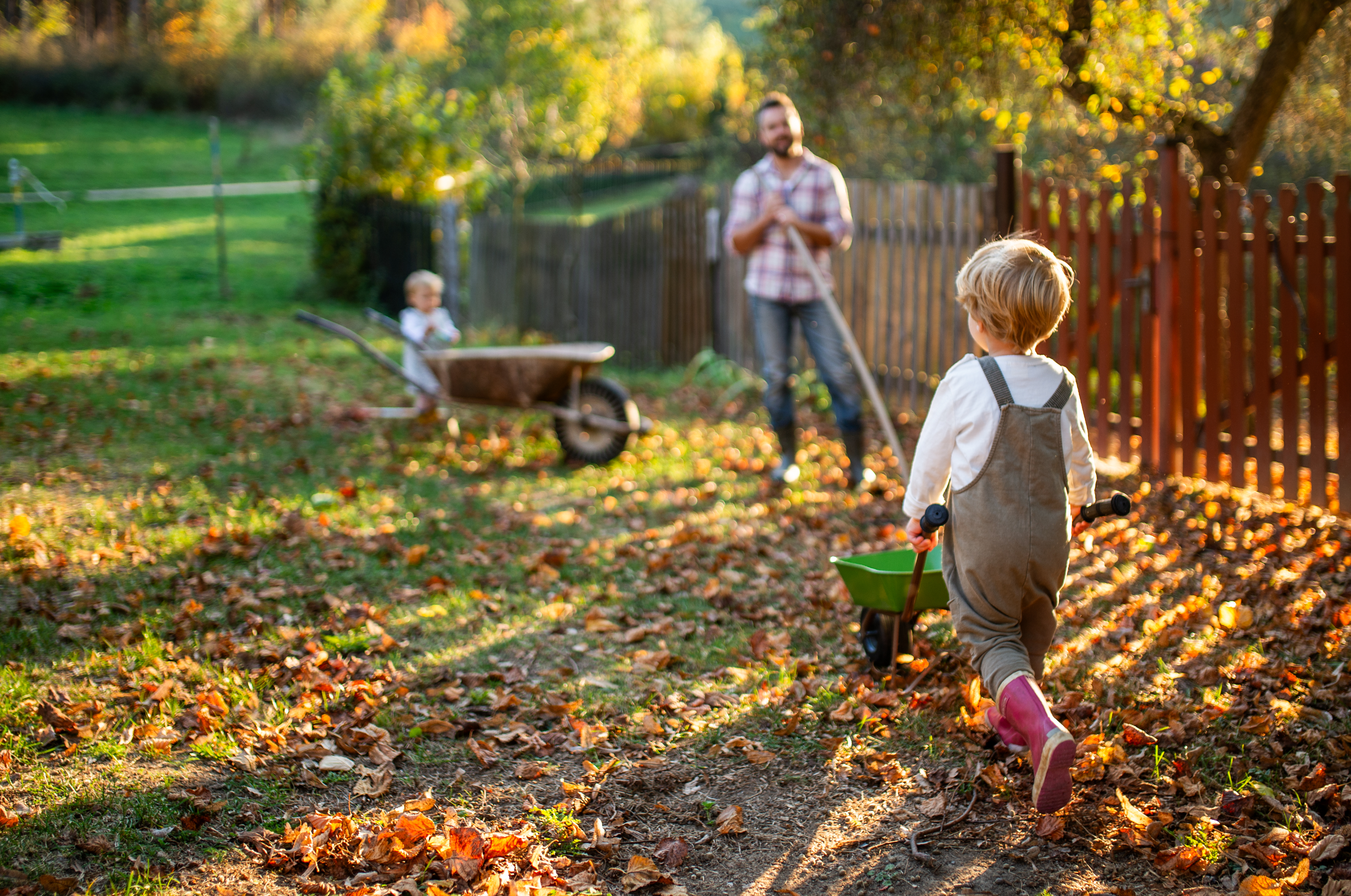 There are a billion microbes in a teaspoon of soil. Letting the leaves to Nature feeds and nourishes them... and blasting them with a leaf blower is disastrous
There are a billion microbes in a teaspoon of soil. Letting the leaves to Nature feeds and nourishes them... and blasting them with a leaf blower is disastrousLeaf blowers aren't just futile and polluting — they're actively bad for the health of your garden, not to mention your mental wellbeing. Time to reach for the rake, says Isabel Bannerman.
-
 'The ugliness and craziness is a part of its charm': The Country Life guide to Bangkok
'The ugliness and craziness is a part of its charm': The Country Life guide to BangkokWhere to stay, where to eat and what to do in the Thai capital.
-
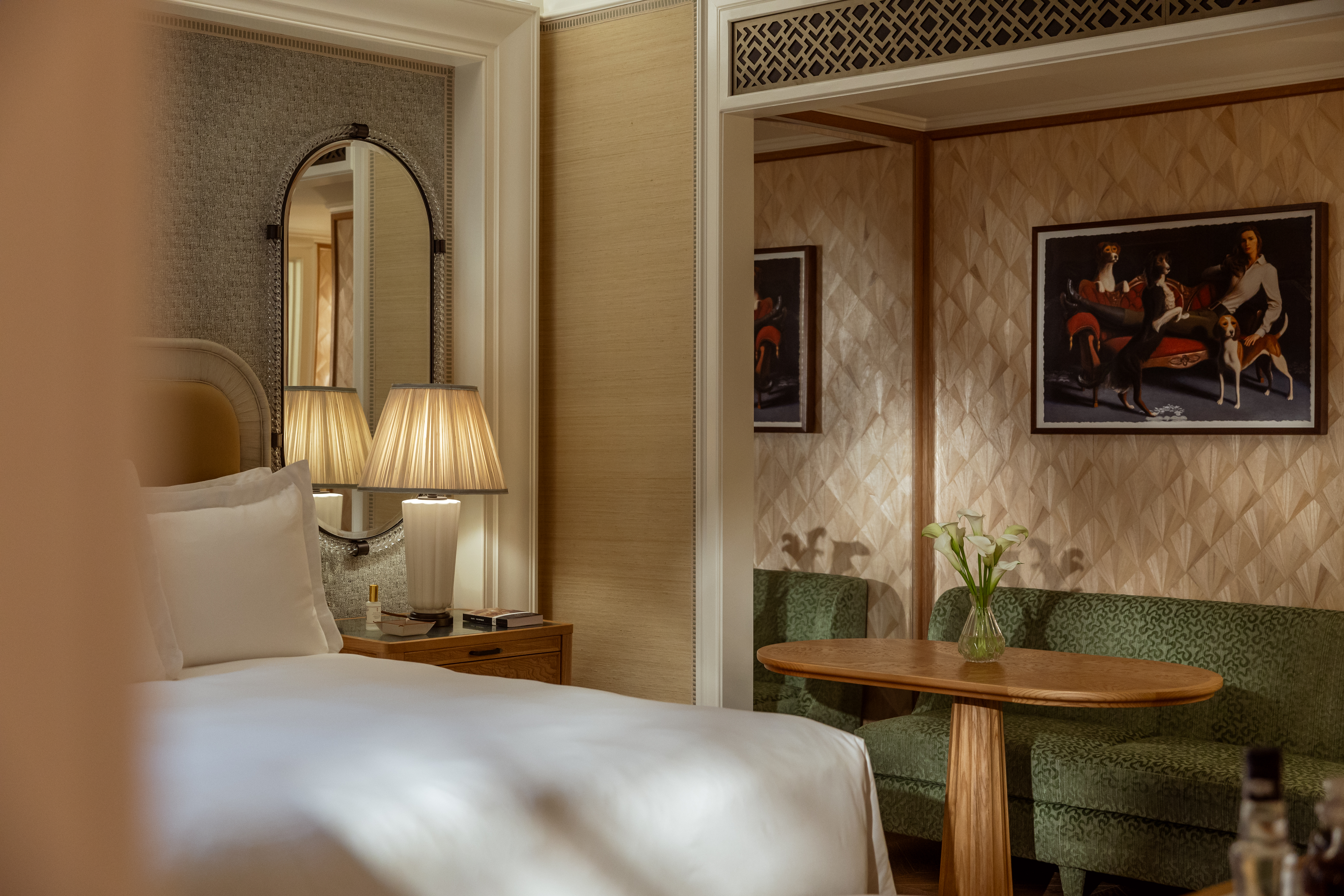 The Surrey hotel review: The new kid on New York's Upper East Side
The Surrey hotel review: The new kid on New York's Upper East SideRosie Paterson checks into The Surrey, A Corinthia Hotel, one year on from its grand opening.
-
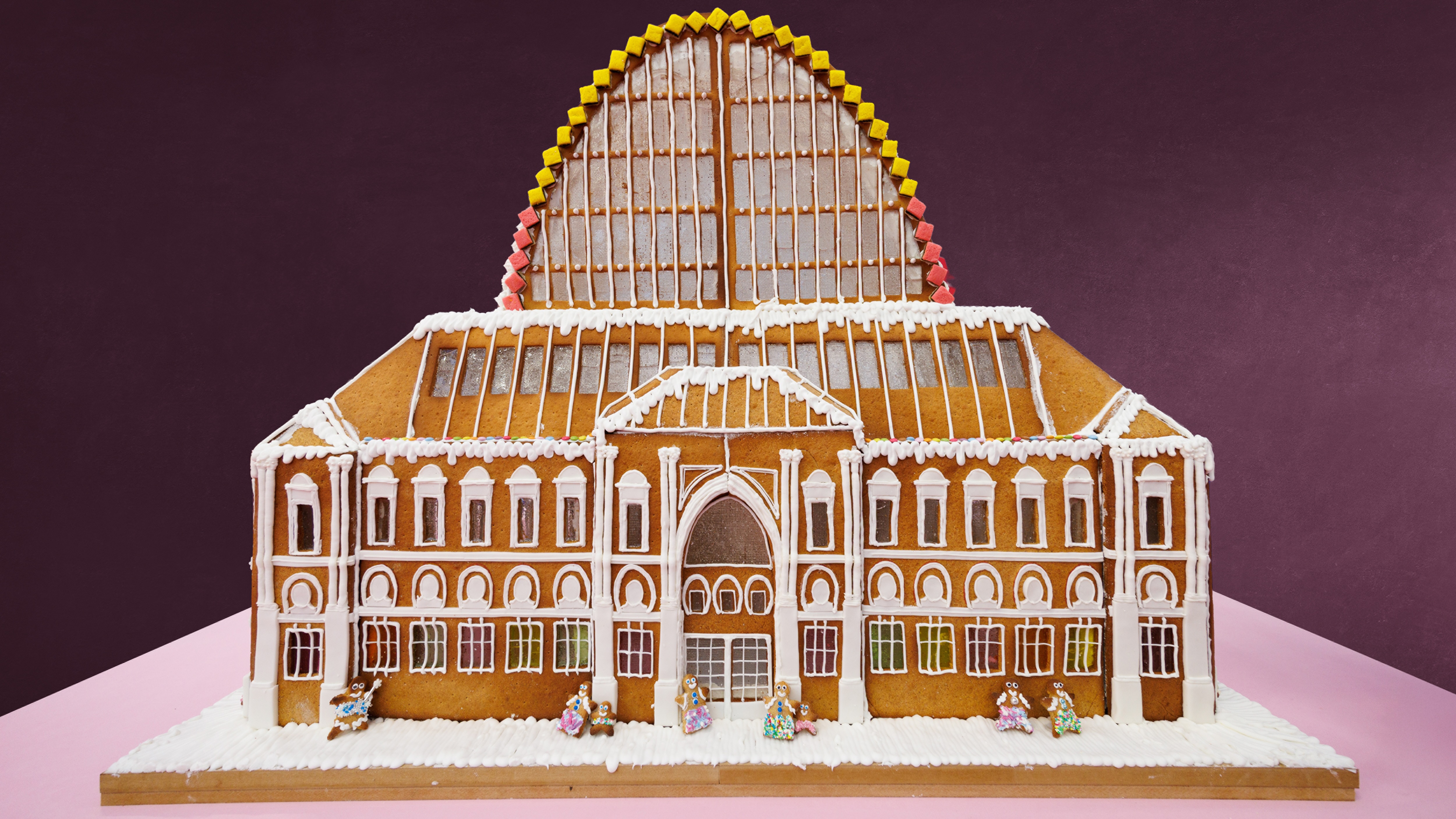 Sweet civilisation: What do you get when you ask architects to compete in a gingerbread competition?
Sweet civilisation: What do you get when you ask architects to compete in a gingerbread competition?The Gingerbread City is back in London’s Kings Cross. Lotte Brundle pays it a visit.
-
 This Grade I Essex home was renovated by a Guinness and a notorious American diarist and photographed by Country Life — now it's a firm favourite with the fashion set
This Grade I Essex home was renovated by a Guinness and a notorious American diarist and photographed by Country Life — now it's a firm favourite with the fashion setKelvedon Hall was saved from demolition by Lady Honor Guinness and Henry 'Chips' Channon. Now it is the star of a Church's Christmas campaign.
-
 Northwold Manor: 'A place of delight once more after half a century of chaos and neglect'
Northwold Manor: 'A place of delight once more after half a century of chaos and neglect'A heroic restoration project has transformed Northwold Manor in Norfolk — home of Professor Warwick Rodwell and Ms Diane Gibbs — after more than 50 years of being left neglected. It has also illuminated its remarkable history, as John Goodall explains; photography by Paul Highnam for Country Life.
-
 Wildhive Callow Hall hotel review: I felt like a squirrel preparing for hibernation and I loved it
Wildhive Callow Hall hotel review: I felt like a squirrel preparing for hibernation and I loved itThe boutique treehouses at this Derbyshire getaway are the best way to unwind in nature and explore the Peak District, writes Lotte Brundle.
-
 Ardbeg House review: Concept design is a tricky business, but this Scottish whisky distillery-turned-hotel proves that it can be done to great effect
Ardbeg House review: Concept design is a tricky business, but this Scottish whisky distillery-turned-hotel proves that it can be done to great effectSteven King checks in to Ardbeg House, a boutique hotel from the LVMH behemoth.
-
 53 years ago, a Wren masterpiece was replaced with a glorified roundabout. We must not make the same mistake again
53 years ago, a Wren masterpiece was replaced with a glorified roundabout. We must not make the same mistake againThe plans to rid Christ Church Newgate Street of traffic should be cause for celebration — but a mistake as bad as the one made in the 1970s is about to happen, says Ptolemy Dean.

